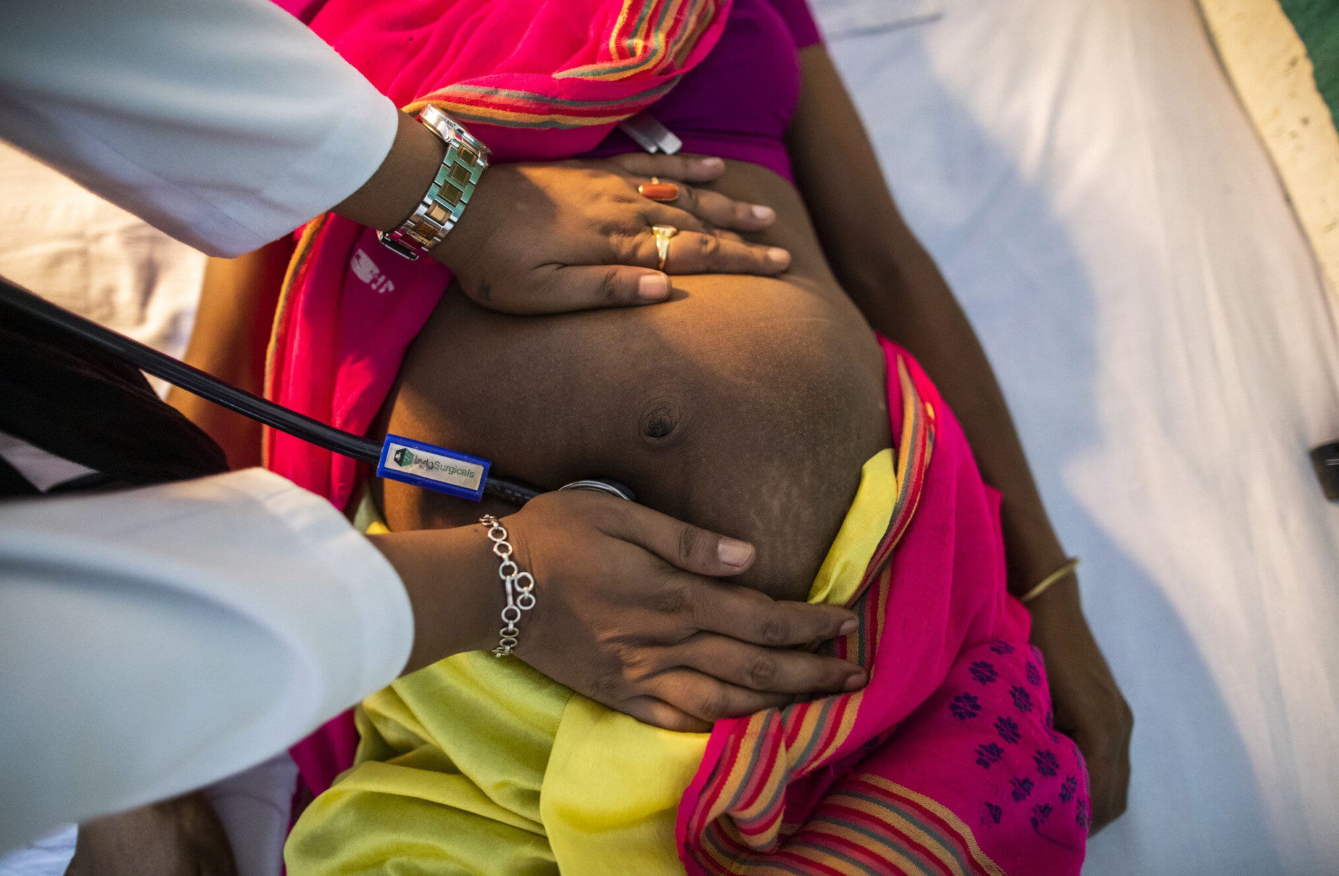Mothers at a maternity ward. Photo/ WHO
Global health agencies have recommended earlier detection
and faster intervention to help end deaths from postpartum haemorrhage (PPH).
The World Health Organization (WHO), Federation of
Gynaecology and Obstetrics (FIGO) and the International Confederation of
Midwives (ICM), urge better prevention, faster diagnosis and treatment to
address the world’s leading childbirth complication.
Defined as excessive bleeding after childbirth, PPH affects
millions of women annually and causes nearly 45,000 deaths, making it one
of the leading causes of maternal mortality globally. Even when not fatal, it
can lead to lifelong physical and mental health impacts, from major organ
damage to hysterectomies, anxiety and trauma.
PPH has been diagnosed as a blood loss of 500 mL or more.
Now, clinicians are also advised to act when the blood loss reaches 300 mL and
any abnormal vital signs have been observed.
“Postpartum haemorrhage is the most dangerous childbirth
complication since it can escalate with such alarming speed. While it is not
always predictable, deaths are preventable with the right care,” said Dr Jeremy
Farrar, Assistant Director-General for Health Promotion and Disease Prevention
and Care, in a statement.
“These guidelines are designed to maximise impact where the burden is
highest and resources are most limited – helping ensure more women survive
childbirth and can return home safely to their families.”
The health organisations posit that many PPH cases occur
without identifiable risk factors; hence, early detection and rapid response are
critical. Yet in many settings, especially where healthcare resources and labour
wards are overstretched, delays in treatment result in devastating
consequences.
To diagnose PPH early, doctors and midwives are advised to
monitor women closely after birth and use calibrated drapes – simple devices
that collect and accurately quantify lost blood – so that they can act
immediately when criteria are met.
In rare cases where bleeding continues, the guidelines
recommend effective interventions such as surgery or blood transfusion to
safely stabilise a woman’s condition until further treatment becomes available.
“Women affected by PPH need care that is fast, feasible,
effective, and drives progress towards eliminating PPH-related deaths,” said
Prof Anne Beatrice Kihara, President of FIGO. “These guidelines take a
proactive approach of readiness, recognition and response. They are designed to
ensure real-world impact – empowering health workers to deliver the right care,
at the right time and in a wide range of contexts.”
The guidelines emphasise the importance of good antenatal
and postnatal care to mitigate critical risk factors such as anaemia, which is
highly prevalent in low- and lower-middle-income countries. Anaemia increases
the likelihood of PPH and worsens outcomes if it occurs.
Recommendations for anaemic mothers include daily oral iron
and folate during pregnancy and intravenous iron transfusions when rapid
correction is needed, including after PPH, or if oral therapy fails.
During the third stage of labour, the guidelines recommend
administering a quality-assured uterotonic to support uterine contraction,
preferably oxytocin or heat-stable carbetocin as an alternative. If intravenous
options are not available and the cold chain is unreliable, misoprostol may be
used as a last resort.
“Midwives know first-hand how quickly postpartum haemorrhage
can escalate and cost lives,” said Professor Jacqueline Dunkley-Bent OBE, ICM’s
Chief Midwife. “These guidelines are a game-changer. But to end preventable
deaths from PPH, we need more than evidence and protocols.”
“We call on governments, health systems, donors, and
partners to step up, adopt these recommendations and invest in midwives and
maternal care so that postpartum haemorrhage becomes a tragedy of the past,”
she added.
